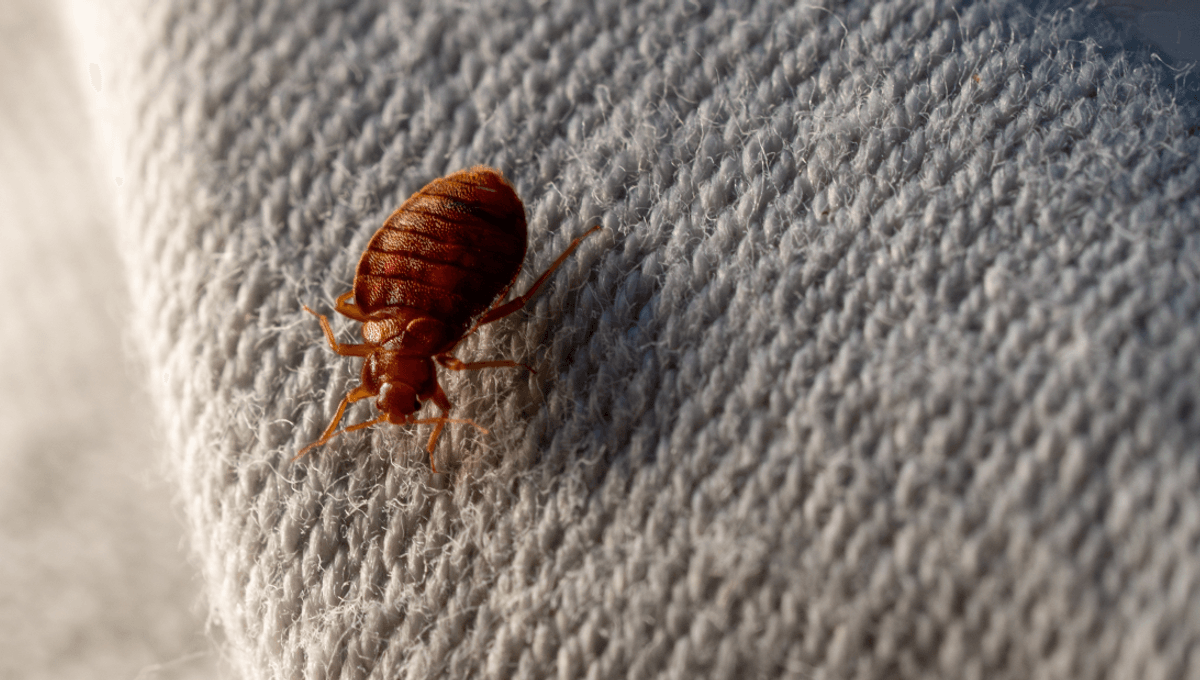
A gene mutation has been identified in bed bugs for the first time, and it could explain why these little beasties are on the rise. Finding it was something of a happy accident, lurking within the last few samples urban entomologist Warren Booth was sifting through, and suggests they may have a similar resistance to insecticides seen in German cockroaches and white flies.
We almost got rid of bed bugs after World War II when the now-banned pesticide dichloro-diphenyl-trichloroethane (DDT) was rolled out, but they’ve since been on the rise and don’t seem bothered by the insecticides in our modern-day arsenal. They’re not known to spread diseases, but they cause uncomfortable welts (known as the “breakfast, lunch, and dinner sign”) and are very tricky to get rid of.
As such, understanding why they may be resistant to certain insecticides could be a helpful step towards eradicating them, but that wasn’t actually what a team of Virginia Tech researchers was looking for when they kicked off a new study. It was given to graduate student Camille Block by Booth as a means to work on her molecular research skills, but their fishing expedition turned up a whopper of a finding.
We already knew that German cockroaches and white flies had a gene mutation in their nerve cells that makes them resistant to insecticides. It seemed like a good jumping off point, then, so Block got busy analyzing bed bug samples from 134 different populations to see if they had something similar. When they got to the last 24 samples, the team discovered that two bed bugs from two separate populations did indeed share the same gene mutation.
Bed bugs are big on inbreeding, so a single specimen is usually a good indicator that the rest of the population will have the same genotype, but the team wanted to be certain, so they went back and checked all the other specimens from those two populations. Sure enough, they discovered that they all shared this same gene mutation seen in the German cockroaches and white flies.
It marks the first record of this kind of gene mutation in bed bugs, and contributes to our understanding of why these pesky pests are so resistant to all the chemicals we’ve tried to banish them with. It also marks a curious example of evolution, as the bugs may have picked up their resistance from exposure to certain insecticides from people’s pets sleeping in bed with them after being given a flea treatment.
“I love evolution. I think it is so interesting,” said Block in a statement. “People feel more connected to these urban species, and I think it’s easier to get people interested in bed bugs as it is something they may have personally experienced.”
Those crafty little bed bugs.
The study is published in the Journal of Medical Entomology.
Source Link: Mutation Found Among Bed Bugs For The First Time Could Explain Why They're So Damn Successful